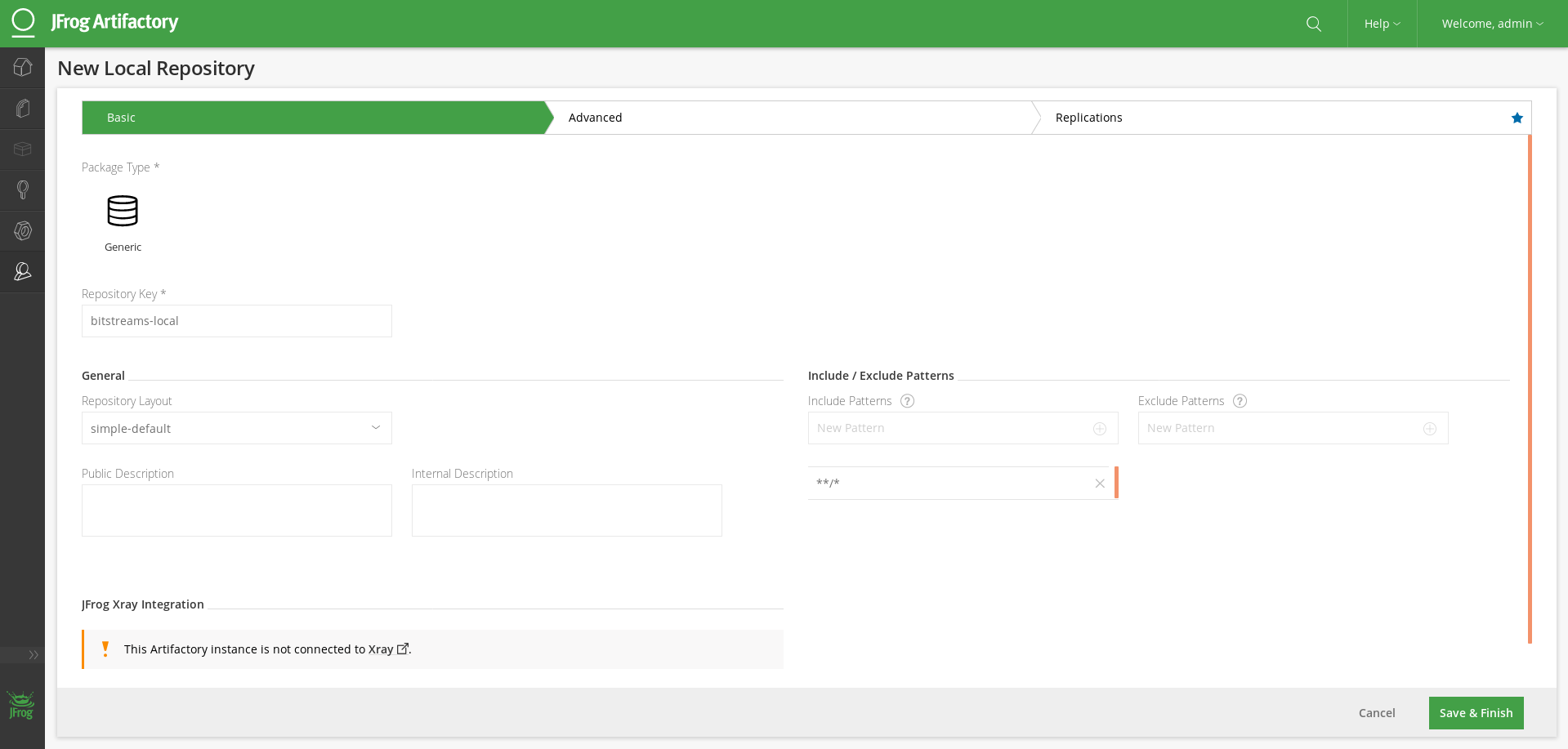


The only changes to the Git repository should happen when the migration lead synchronizes it and pushes the updates to Bitbucket. This means that everybody should treat their Git repository as read-only and continue committing to the original SVN repository. However, we advocate a one-way synchronization from SVN to Git until your team is ready to switch to a pure Git workflow. Once it’s on Bitbucket, other developers can clone the converted Git repository to their local machines, explore its history with Git commands, and begin integrating it into their build processes. To share the Git repository, the migration lead can share their local Git repository with other developers by pushing it to Bitbucket, a Git hosting service. All 3 of these steps should be performed on the migration lead’s local computer.Īfter the synchronize phase, the migration lead should have no trouble keeping a local Git repository up-to-date with an SVN counterpart. The best way to manage these first 3 steps is to designate one of your team members as the migration lead (if you’re reading this guide, that person is probably you).

The prepare, convert, and synchronize steps take a SVN commit history and turn it into a Git repository. Migrate your development efforts from SVN to Git.Share the Git repository with your developers via Bitbucket.Synchronize the local Git repository when the SVN repository changes.Convert the SVN repository to a local Git repository.Prepare your environment for the migration.We’ve broken down the SVN-to-Git migration process into 5 simple steps:


 0 kommentar(er)
0 kommentar(er)
